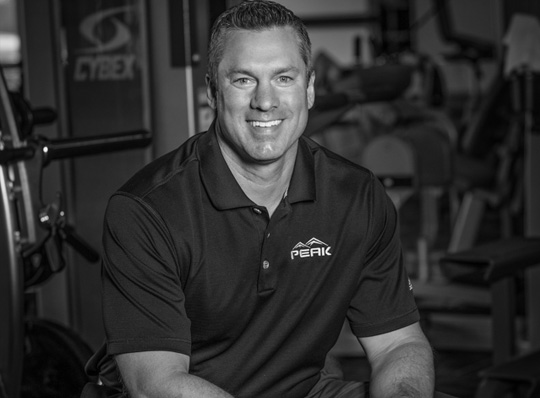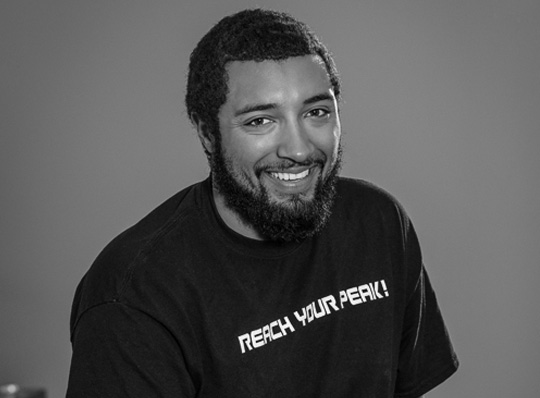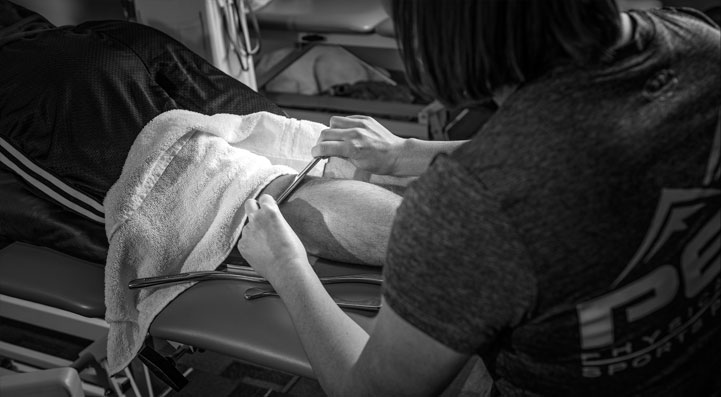The Definitive Guide for Physical Therapist
Physical therapist assistants in the United States are currently trained under associate of applied sciences curricula specific to the profession, as outlined and accredited by CAPTE. As of August 2011, there were 276 accredited two-year (Associate degree) programs for physical therapist assistants In the United States of America. According to CAPTE, as of 2012 there are 10,598 students currently enrolled in 280 accredited PTA programs in the United States.


Curricula for the physical therapist assistant associate degree include: Anatomy & physiology Exercise physiology Human biology Physics Biomechanics Kinesiology Neuroscience Clinical pathology Behavioral sciences Communication Ethics Research Other coursework as required by individual programs (physical therapy exercises). Job duties and education requirements for Physical Therapy Technicians or Aides may vary depending on the employer, but education requirements range from high school diploma or equivalent to completion of a 2-year degree program.
Pediatric Physical Therapy Things To Know Before You Buy

Some jurisdictions allow physical therapists to employ technicians or aides or therapy assistants to perform designated routine tasks related to physical therapy under the direct supervision of a physical therapist. Some jurisdictions require physical therapy technicians or aides to be certified, and education and certification requirements vary among jurisdictions. Physical therapy-related jobs in North America have shown rapid growth in recent years, but employment rates and average wages may vary significantly between different countries, states, provinces or regions.
Salary, interest in work, and fulfillment in job are important predictors of job satisfaction. In a Polish study, job burnout among the physical therapists was manifested by increased emotional exhaustion and decreased sense of personal achievement. Emotional exhaustion is significantly higher among physical therapists working with adults and employed in hospitals (pediatric physical therapy).
According to the United States Department of Labor's Bureau of Labor Statistics, there were approximately 210,900 physical therapists employed in the United States in 2014, earning an average $84,020 annually in 2015, or $40.40 per hour, with 34% growth in employment projected by the year 2024. The Bureau of Labor Statistics also reports that there were approximately 128,700 Physical Therapist Assistants and Aides employed in the United States in 2014, earning an average $42,980 annually, or $20.66 per hour, with 40% growth in employment projected by the year 2024.
Back Pain - The Facts
Bureau of Labor Statistics data on PTAs and Techs can be difficult to decipher, due to their tendency to report data on these job fields collectively rather than separately. O-Net reports that in 2015, PTAs in the United States earned a median wage of $55,170 annually or $26.52 hourly, and that Aides/Techs earned a median wage of $25,120 annually or $12.08 hourly in 2015.
The APTA also reports turnover rates for physical therapists as 10.7% in outpatient private practice, 11.9% in acute care settings, 27.6% in skilled nursing facilities. The body of knowledge of physical therapy is large, and therefore physical therapists may specialize in a specific clinical area. While there are many different types of physical therapy, the American Board of Physical Therapy Specialties lists nine current specialist certifications, the ninth, Oncology, pending for its first examination in 2019.
Cardiovascular and pulmonary rehabilitation respiratory practitioners and physical therapists offer therapy for a wide variety of cardiopulmonary disorders or pre and post cardiac or pulmonary surgery. An example of cardiac surgery is coronary bypass surgery. Primary goals of this specialty include increasing endurance and functional independence. Manual therapy is used in this field to assist in clearing lung secretions experienced with cystic fibrosis - pediatric physical therapy.
See This Report on Professional Physical Therapy
Geriatric physical therapy covers a wide area of issues concerning people as they go through normal adult aging but is usually focused on the older adult. There are many conditions that affect many people as they grow older and include but are not limited to the following: arthritis, osteoporosis, cancer, Alzheimer's disease, hip and joint replacement, balance disorders, incontinence, etc.
Integumentary physical therapy includes the treatment of conditions involving the skin and all its related organs. Common conditions managed include wounds and burns. Physical therapists may utilize surgical instruments, wound irrigations, dressings and topical agents to remove the damaged or contaminated tissue and promote tissue healing. Other commonly used interventions include exercise, edema control, splinting, and compression garments.
Neurological physical therapy is a field focused on working with individuals who have a neurological disorder or disease. These can include stroke, chronic back pain, Alzheimer's disease, Charcot-Marie-Tooth disease (CMT), ALS, brain injury, cerebral palsy, multiple sclerosis, Parkinson's disease, facial palsy and spinal cord injury. Common impairments associated with neurologic conditions include impairments of vision, balance, ambulation, activities of daily living, movement, muscle strength and loss of functional independence.
Pediatric Physical Therapy - Truths
Neurological physiotherapy is also called neurophysiotherapy or neurological rehabilitation. Treatment by orthopedic physical therapists Orthopedic physical therapists diagnose, manage, and treat disorders and injuries of the musculoskeletal system including rehabilitation after orthopedic surgery. acute trauma such as sprains, strains, injuries of insidious onset such as tendinopathy, bursitis and deformities like scoliosis.
Orthopedic therapists are trained in the treatment of post-operative orthopedic procedures, fractures, acute sports injuries, arthritis, sprains, strains, back and neck pain, spinal conditions, and amputations. Joint and spine mobilization/manipulation, dry needling (similar to acupuncture), therapeutic exercise, neuromuscular techniques, muscle reeducation, hot/cold packs, and electrical muscle stimulation (e.g., cryotherapy, iontophoresis, electrotherapy) are modalities employed to expedite recovery in the orthopedic setting.[] Additionally, an emerging adjunct to diagnosis and treatment is the use of sonography for diagnosis and to guide treatments such as muscle retraining.
healthsouth physical therapy new town physio & sports injury centre cardiac physical therapy near me